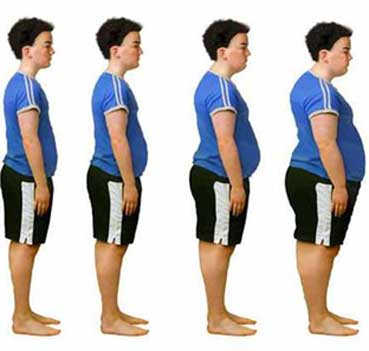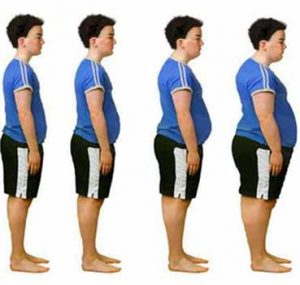

طب سوزنى برای چاقی
طب سوزنى برای چاقی
بسیاری از بیمارانی که به کلینیک طب سوزنى برای کم کردن وزن مراجعه می کنند اغلب این سوال را مطرح می کنند که واقعا از نظرفیزیولوژیکی چه اتفاقی در بدن می افتد که باعث کاهش وزن با انجام طب سوزنی می شود.
در تحقیق جدیدی که در آوریل 2012 در مجله جهان علم گزارش شده است نکاتی آمده است که می تواند در جواب به سوال این افراد کمک می نماید. در این تحقیق که بر روی 200 بیمار مبتلا به چاقی در کلینیک های مختلف انجام شد، طب سوزنى به مدت شش هفته بر روی آنها صورت پذیرفت.
پارامتر هایی که بر روی این افراد اندازه گیری شد عبارت بودند از:
اندازه گیری بافت چربی، اندازه گیری تیترآنتی بادی اچ اس پی (هیت شوک پروتئین)، و اندازه گیری سطح سی آر پی. در این تحقیق مشخص گردید که طب سوزنی باعث کم شدن اچ اس پی و سی آر پی می شود و از این طریق به کم شدن وزن بدن کمک می کند. در این بررسی معلوم گردید که طب سوزنی نه تنها باعث کم شدن وزن در افراد چاق می شود بلکه میزان کلسترول خون آنها نیز پایین می آید.
طب سوزنى برای چاقی
طب سوزنى برای چاقی
طب سوزنى برای چاقی
طب سوزنى برای چاقی
The results of the latest reviews are quite consistent: acupuncture is significantly better than. no treatment/basic care for managing migraine, انجمن پزشکان طب سوزنی ایران و اسامی آنها and appears to be at least as effective as prophylactic drug therapy, with few contraindications. or unpleasant side effects (Linde 2009, Wang 2008, Sun 2008, Scott 2008).
Acupuncture has a similar or slightly better effect than sham procedures, which themselves can perform.
as well as conventional drugs, indicating that sham acupuncture is not an inactive. placebo but a contentious alternative intervention. Acupuncture has been found to be cost-effective (Witt 2008; Wonderling 2004).
As well as prevention it may also be used to alleviate symptoms in acute attacks (Li 2009). There is preliminary qualitative.
evidence from patients that acupuncture can increase coping mechanisms as well as relieve migraine symptoms (Rutberg 2009). انجمن پزشکان طب سوزنی ایران و اسامی آنها Migraine is thought to begin as an electrical phenomenon in the cerebrum that then affects blood vessels, biochemistry, and causes neurogenic inflammation.
Acupuncture can help in the treatment of migraine by:
Providing pain relief
– by stimulating nerves located in muscles and other tissues, acupuncture leads to release. of endorphins and.
other neurochumoral factors and changes the processing of pain in the brain and spinal cord (Zhao 2008, Zijlstra 2003, Pomeranz, 1987)
Reducing inflammation – by promoting release of vascular and immunomodulatory factors (Kim 2008, Kavoussi 2007, Zijlstra 2003).
Reducing the degree of cortical spreading depression (an electrical wave in the brain associated with migraine) and plasma.
levels of calcitonin gene-related peptide and substance P (both implicated in the pathophysiology of migraine) (Shi 2010).
Modulating extracranial and intracranial blood flow (Park 2009).
Affecting serotonin (5-hydroxytriptamine) levels in the brain (Zhong 2007).
(Serotonin may be linked. to the initiation of migraines; 5-HT agonists (triptans) are used against acute attacks.
Many people with migraine can be adequately treated when the attacks occur, but some need prophylactic interventions.,
as their attacks are either too frequent or are insufficiently controlled in this way. Several drugs, such as beta-blockers, amitriptyline or sodium valproate, are used in the prophylaxis.
of migraine in an attempt to reduce attack frequency, but all these drugs are associated with adverse effects (DTB 1998).
There have now been many controlled trials of acupuncture for migraine, with some large, high-quality ones in recent years.
Migraine is a primary headache disorder manifesting as recurring attacks, usually lasting for 4 to 72 hours.
and involving pain of moderate to severe intensity.
Typical characteristics of the headache are unilateral location, pulsating quality, moderate or severe intensity, and aggravation by routine physical activity.

